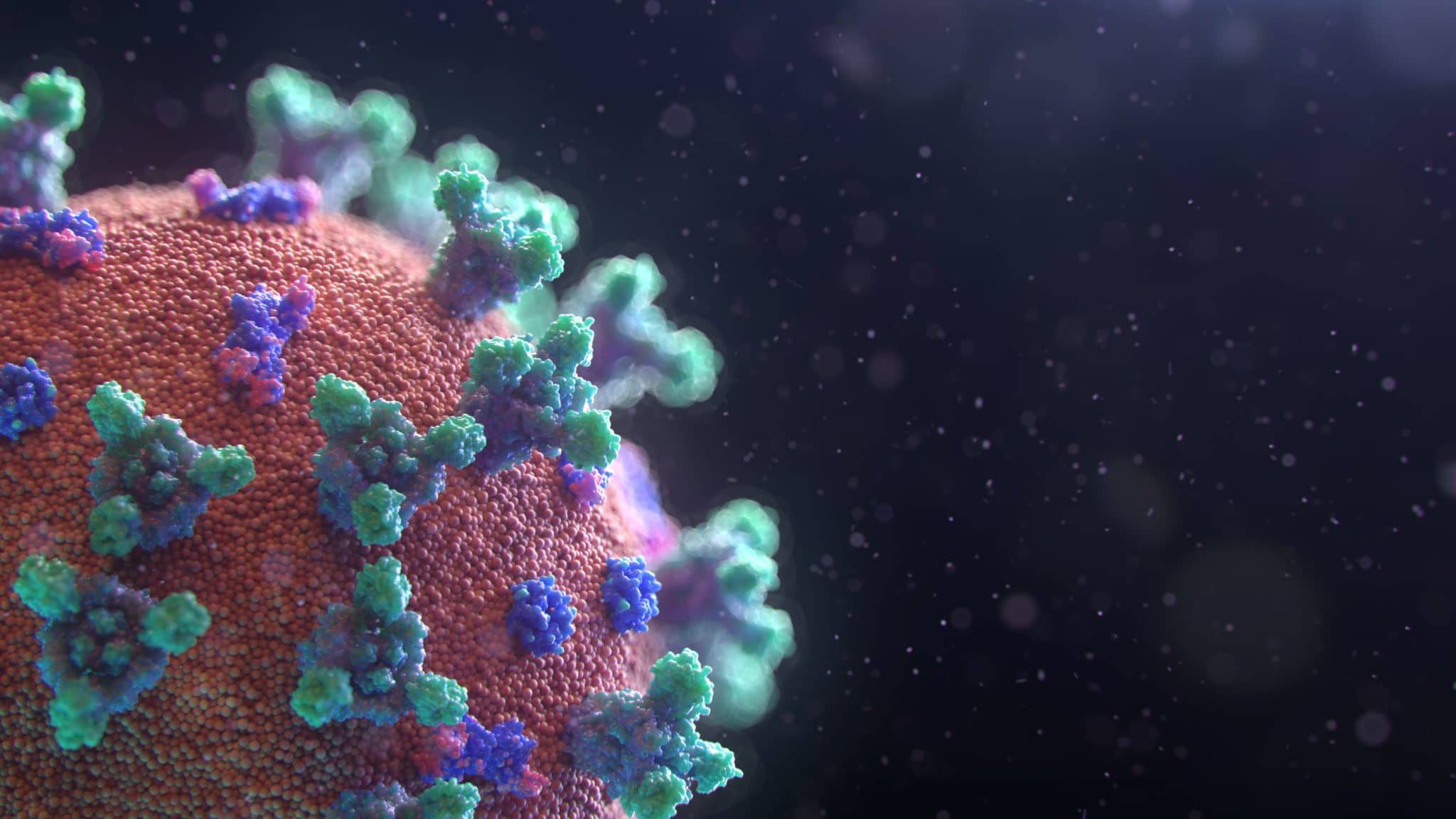During a Stellate Ganglion Block
procedure your doctor injects a local anesthetic into your Stellate Ganglion nerve cluster (on the side of your neck). The anesthetic immediately numbs the nerve cluster and resets the sympathetic nervous system.
The process is typically completed in under 15 minutes. After the injection your doctor will monitor your body’s initial response to the block.
Stellate Ganglion Block
What is a Stellate Ganglion Block?
The Stellate Ganglion Block (SGB) involves injecting a local anesthetic into the Stellate Ganglion nerve cluster located on the side of your neck.
This block effectively resets the nervous system and blocks the transmission of pain signals.
Common Conditions
CRPS causes burning or stinging sensations across the arms and/or legs. Type 1 of CRPS typically develops after an illness and does not cause nerve damage. Type 2 typically develops after nerve damage caused by an injury, infection, or illness. Other symptoms include changes in skin temperature and texture, swelling, and decreased mobility of the affected area.
Symptoms include fatigue, shortness of breath, and difficulty concentrating. By resetting the nervous system, this block recalibrates any aggravated sympathetic responses.
Stellate Ganglion Block Benefits
SGBs are efficient outpatient procedures that don't require any major incisions or significant downtime.
By resetting the nervous system's heightened state, SGBs can help to alleviate pain and reduce inflammation.
By blocking signals along the sympathetic nervous system, SGBs may help reduce blood vessel constriction.
SGBs reset the nervous system's heightened fight-or-flight state, giving the body a break from anxiety, fear, or aggravation.
What to Expect
During Treatment
After Treatment
Following your Stellate Ganglion Block
treatment, you will likely experience some after-effects, including: a temporary eye drooping and redness, congestion, and extra warmth in your face and arm. Don’t worry, these reactions are expected and are a positive sign that the block is in the correct place. These symptoms typically last for 6-8 hours.
Other side effects may include hoarseness and difficulty swallowing. These usually resolve within hours as well.




